Have you ever wanted to try kayaking? It’s an exciting way to explore the great outdoors and experience the serenity of being on the water. However, before jumping into a kayak, knowing if kayaking is safe for beginners is essential. Or not?
The short answer is Yes, kayaking is safe for beginners. But like other activities, it has a few potential hazards! You heard right! High winds, drowning, hypothermia, and sunburn are just a few of them.
And the good thing is there are precautions to minimize them. So it’s crucial to learn them well. This way, you’ll always be prepared even for sudden weather changes.
Contents
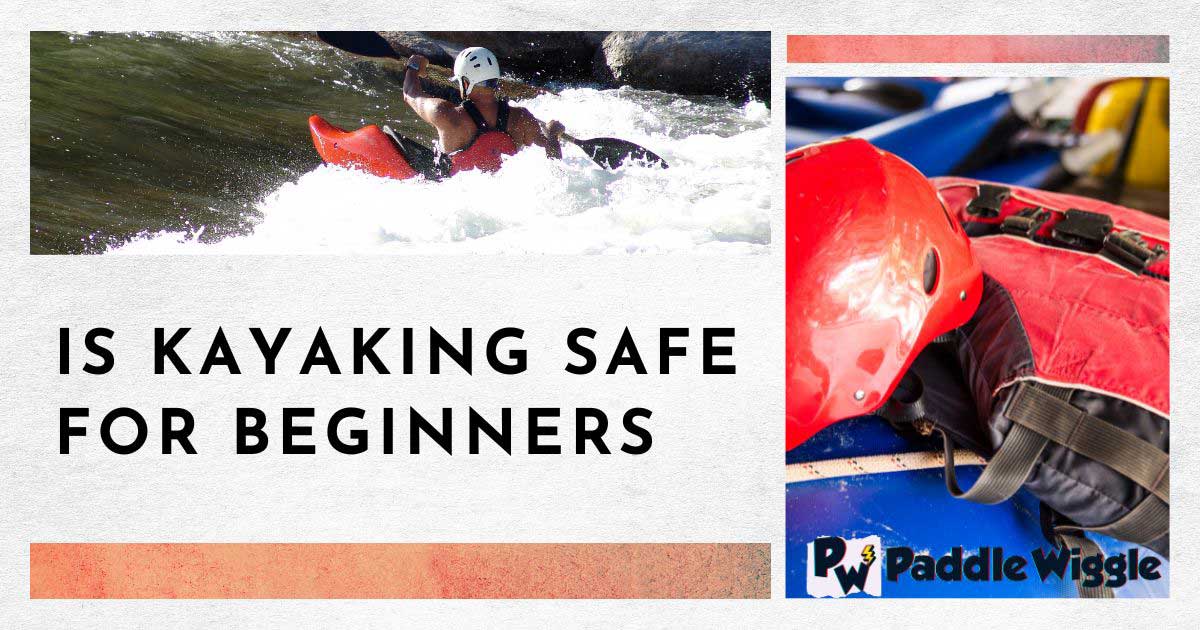
Is kayaking 100% safe for beginners?
Kayaking, like any outdoor activity, involves inherent risks. That’s why it is not possible to guarantee 100% safety for beginners or even experienced kayakers.
There are various potential risks, such as thunderstorms, cold water, and sudden weather changes. And they can never be completely eliminated.
That’s why it’s important to understand the water and weather you’ll be paddling in. The water can be rough and have waves, currents, or things you might not see. This takes practice to get used to. Beginners might find kayaking hard at first because it takes a lot of strength and energy to paddle for a long time or carry a heavy kayak.
But don’t worry! By taking classes, practicing with experienced kayakers, and slowly making things harder, beginners can get better at kayaking. This helps reduce the chances of getting hurt or getting into trouble. Remember, practice and patience are key!
Potential Kayaking Hazards For Beginners
Kayaking is a thrilling activity that involves paddling through waterways. But it’s important to be aware of the potential hazards that can occur.
These hazards can put kayakers at risk of sudden capsizing, injury, or even drowning! It’s important to take these risks seriously and take steps to avoid them.
Here are some of the most common hazards that kayakers might face:
Strong currents and rapids
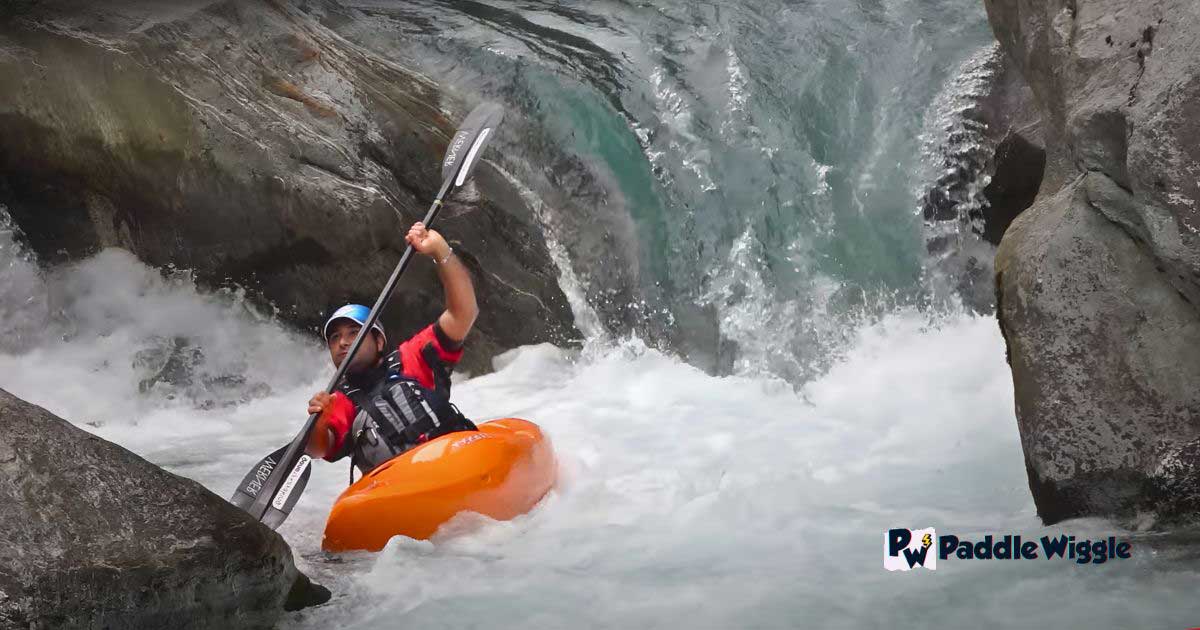

Strong currents and rapids can be difficult to navigate, even for experienced kayakers. Strong currents and rapids can quickly move a kayak in an unexpected direction, leading to capsizing or even sinking your kayak.
Sudden weather changes
Weather can change quickly, and kayakers may not always be prepared for it. Sudden storms, high winds, and waves can create dangerous conditions on the water.
Obstacles in the water
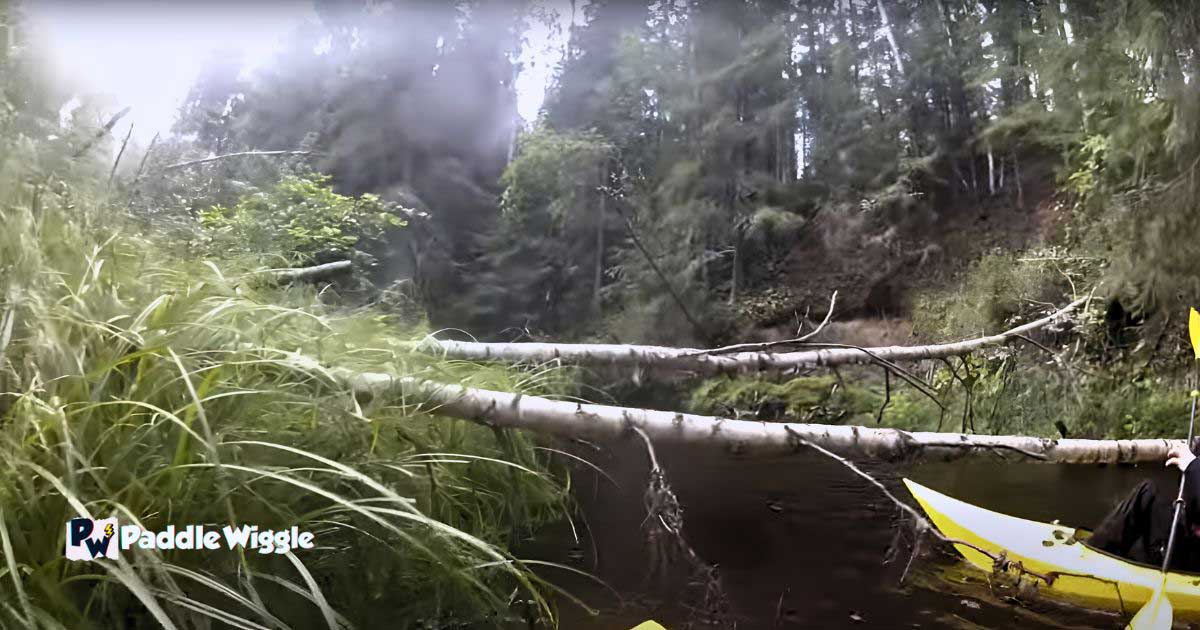

Trees, rocks, and other obstacles in the water can pose a threat to kayakers. These obstacles can be hard to see, especially in murky water or at high speeds, and can cause serious injury or damage to the kayak.
How do you identify potential hazards for kayaking?
When kayaking, it’s important to be aware of the potential hazards and take steps to avoid them. Here are some tips on how to identify and avoid hazards while kayaking:
- Before you start kayaking, take a moment to survey the area and identify any potential hazards, such as strong currents, rapids, obstacles, or shallow areas.
- Check the weather forecast and be prepared for sudden changes in weather that could make kayaking more dangerous.
- Ask locals or park rangers for information on the waterway you plan to kayak, including any hazardous areas.
Tips on how to avoid those hazards
- Avoid kayaking in areas with strong currents or rapids if you’re a beginner.
- Keep a safe distance from obstacles, such as rocks or branches, and try to avoid them.
- Stay away from areas with high boat traffic, as it can create dangerous conditions for kayakers.
- Wear a life jacket at all times and make sure it fits properly.
- Kayak with a partner or group, so you can help each other if any issues arise.
Learn Dealing with unexpected hazards And Make Kayaking Safer
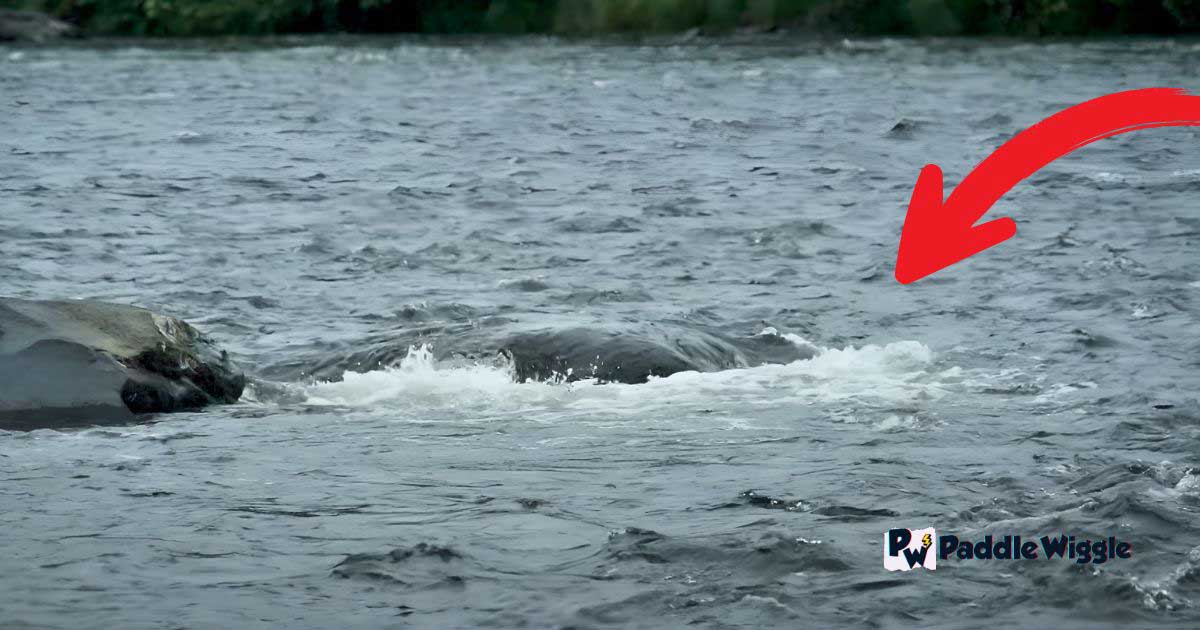

While kayaking, unexpected hazards can arise. Here are some things that can help you deal with these hazards:
Stay calm and try to maintain your balance in the kayak
- If you feel yourself starting to panic, take a deep breath and try to stay calm.
- Keeping your balance in the kayak will help you to avoid capsizing or falling into the water.
Look for a way around the hazard
- If you see an obstacle in the water, try to find a way around it.
- If there is no way around it, try to steer away from it to avoid a collision.
Use Your Paddle
If you can’t avoid the hazard, use your paddle to cushion the impact or try to paddle over it:
- If you are unable to avoid the hazard, use your paddle to lessen the impact of a collision.
- Paddling over the hazard may also be an option if it is safe to do so.
Know What To Do If You Capsize
If you do capsize, stay with your kayak and try to stay afloat while you wait for help:
- Capsizing can be frightening, but staying with your kayak is more important.
- Your kayak can serve as a floatation device, and staying afloat will increase your chances of being seen by other boaters or rescue services.
Remember, unexpected hazards can occur while kayaking, but staying calm, assessing the situation, and taking appropriate action can help you stay safe on the water. Always wear a life jacket, stay aware of your surroundings, and practice safe kayaking habits to minimize the risk of hazards.
Personal Safety Precautions for Kayaking
When it comes to kayaking safety, taking personal safety precautions is key. Following a few simple guidelines can significantly reduce the likelihood of accidents while kayaking.
Here are some personal safety precautions to consider:
Maintaining proper form and technique
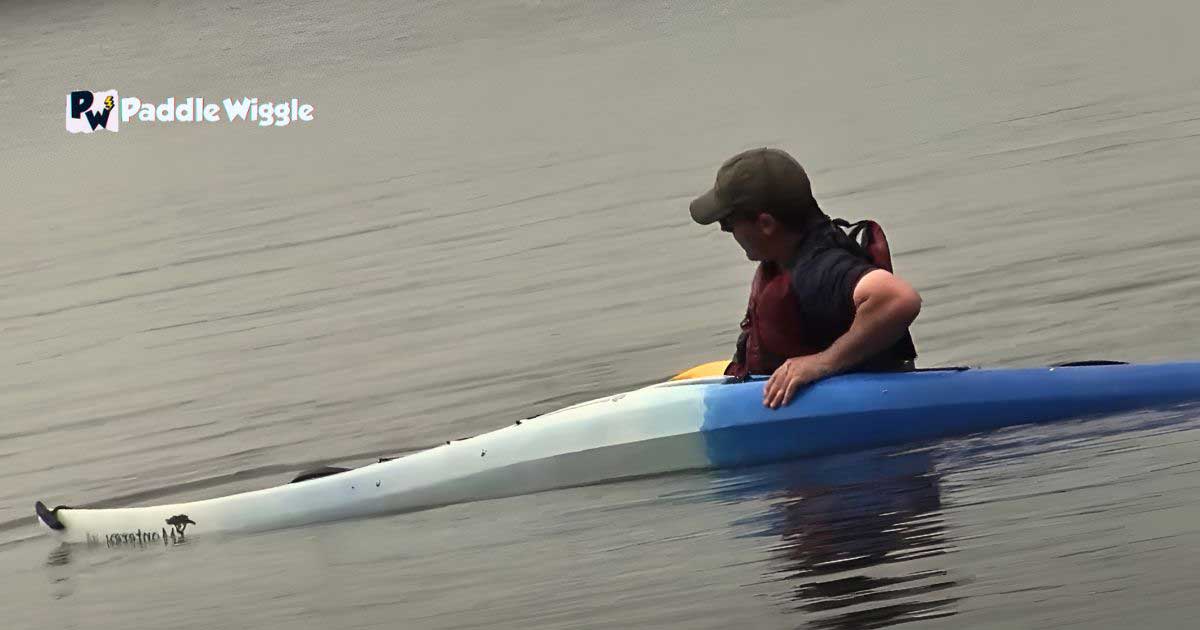

Maintaining proper form and technique while kayaking can help prevent accidents and injuries. This involves sitting up straight, keeping your feet on the footrests, and using your core muscles to paddle. Maintaining proper form and technique can increase your stability and reduce your risk of capsizing.
Avoiding alcohol while kayaking
Avoiding alcohol consumption while kayaking is also crucial for personal safety. Alcohol can impair your judgment and reaction time, making navigating the water more difficult and avoiding hazards. It is recommended to save the drinks for after your kayaking trip is over.
Knowing personal limits and abilities
Knowing your personal limits and abilities is also important for kayaking safety. Do not attempt to kayak in conditions beyond your skill level or physical capabilities. Always start with easier routes and gradually work your way up to more challenging ones.
Get Proper Training and Experience
Getting proper training and experience is crucial for reducing the risk of accidents while kayaking. As with any activity, the more you practice, the better you become at it. Kayaking is no exception!
By taking safety courses or practicing with experienced kayakers, you’ll learn much faster than just trying it alone! This may build confidence and reduce the likelihood of accidents or injuries.
Moreover, experienced kayakers know how to identify and avoid potential hazards, such as strong currents, waves, or obstacles in the water. They also know how to react in unexpected situations, such as capsizing or encountering sudden weather changes.
Therefore, it’s essential to invest time in getting proper training and experience before embarking on any kayaking adventure. This can significantly improve your kayaking skills and overall safety.
Know what to bring
Besides learning different techniques, you’ll also need to be careful about items. This includes bringing accessories according to the weather and trip plan.
Have a look at the list:
- Dress appropriately: Wear comfortable clothes that are appropriate for the weather conditions. In cooler weather, wear layers that can be easily added or removed. In hot weather, wear light-colored clothing to reflect sunlight and protect yourself from sunburn.
- Protect your feet: Wear shoes that protect your feet, such as water shoes or sandals with straps. Avoid wearing flip-flops or bare feet, which can be easily injured by rocks, sharp objects, or other hazards in the water.
- Wear a life jacket: Always wear a properly fitted life jacket or personal flotation device (PFD) while kayaking. It can keep you afloat in case of an emergency and can be a lifesaver.
- Bring essential safety gear: Bring essential safety gear, such as a whistle, a waterproof flashlight, and a signaling device, to alert others if you are in danger.
Know Emergency Procedures for Maximum Safety
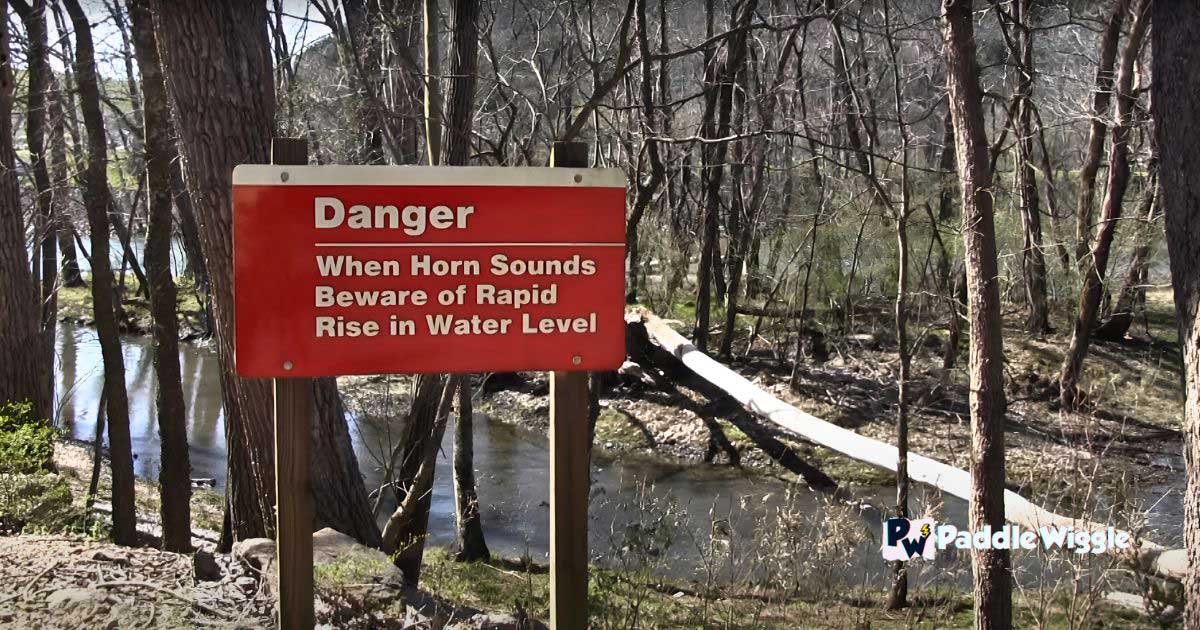

Although kayaking is a fun and exhilarating experience to get amused in nature, it’s not completely safe. And Emergencies can happen unexpectedly!
For example, if your kayak overturns, the first step is to stay calm. Hold on to your paddle and kayak, and try to keep your head above water. Next, try to flip the kayak back over by pulling on the straps or handles attached to the bottom. If you can’t flip it over, try to swim to shore or a nearby safe location.
So it’s important to be prepared for unexpected emergencies. Here are some key emergency procedures to know and tips on how to prepare for them:
These procedures may include how to call for help, rescue yourself or others, perform CPR or first aid, and use emergency equipment such as flares or a whistle. It’s also essential to carry a communication device such as a mobile phone or radio in an emergency.
To prepare for emergencies, kayakers should always bring basic safety equipment such as a bilge pump, paddle float, and a spare paddle. And you should also be aware of the weather forecast and any potential hazards along the route they plan to take.
In an emergency, staying calm and thinking clearly is important. Kayakers should assess the situation, prioritize safety, and take appropriate action. This may include signaling for help, stabilizing their kayak, or administering first aid.
Learn More
Do Environmental Factors Affect Kayaking Safety?
Yes, environmental factors can affect kayaking safety. Factors such as strong currents, waves, wind, rain, and obstacles in the water can increase the risk of accidents. It’s important to know the weather and water conditions before kayaking and take appropriate safety precautions.
Being prepared and knowledgeable about the environment can help ensure a safer kayaking experience.
How Can I Pfor A Safe Kayaking Trip?
To prepare for a safe kayaking trip, check the weather forecast first and choose a suitable location for your skill level. Always wear a properly fitting life jacket and bring necessary safety gear like a whistle and a first aid kit.
Make sure you have enough water, food, and sunscreen. Learn basic paddling techniques and take a kayaking class to improve your skills. Inform someone of your plans and expected return time, and always kayak with a buddy if possible. Remember to stay alert and aware of your surroundings and potential hazards.
What Precautions Should I Take To Ensure Safety While Kayaking Alone?
It’s always best to have a kayaking buddy, but if you’re kayaking alone, take extra precautions to ensure your safety. Here are some things you can do:
1. Wear a life jacket at all times.
2. Let someone know where you’re going and when you expect to return.
3. Check the weather forecast and avoid kayaking in adverse weather conditions.
4. Bring a communication device, such as a cell phone or radio, in case of emergency.
5. Bring a first aid kit and know how to use it.
6. Stay alert and aware of your surroundings, including potential hazards and weather or water conditions changes.
7. Know your limits and avoid taking unnecessary risks.
Following these precautions can reduce the risks of kayaking alone and increase your chances of having a safe and enjoyable trip.
Final Word
Kayaking can be safe if proper precautions and safety measures are taken. With proper training, experience, and planning, kayaking can be a fun activity for people of all ages. However, it is important to always prioritize safety while kayaking.
Practicing safety measures such as staying aware of potential hazards, avoiding alcohol, and knowing your skill level can help ensure a safe kayaking trip. It is also important to be prepared for emergencies and to know how to react if they occur. So, if you’re planning a kayaking trip, remember to take the necessary precautions to ensure a safe and enjoyable experience.



